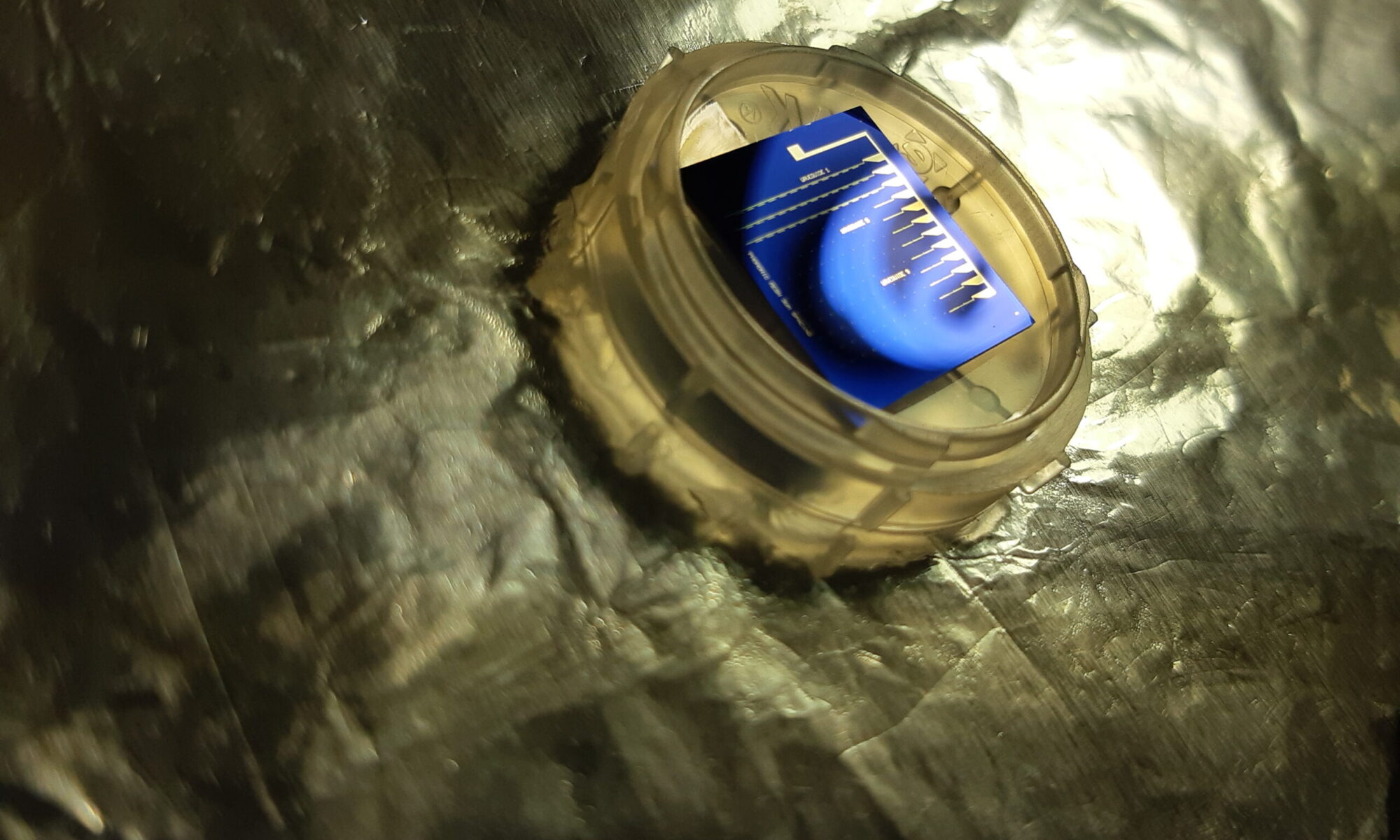
Radiation pressure from light or microwave fields couples mechanical and optical degrees of freedom at the quantum level.
There is currently an international push to utilize the optomechanical coupling to achieve truly non-classical behavior in macroscopic mechanical oscillators. This could not only further our understanding of the physical world, but also allow new technologies such as ultra-sensitive mass or spin sensors capable of detecting single atoms, or memories and state transfer for quantum computers.
Key capabilities for achieving quantum optomechanics include the ability to measure the mechanical oscillator with resolution close to or surpassing its zero-point motion; the possibility to feedback control the mechanical state based on measurement results; and access to mechanical nonlinearities to generate non-classical states. Our group is pursuing each of these capabilities.
Recent results include:
- “Mechanical Squeezing via Fast Continuous Measurement,”
Phys. Rev. Lett. 125 043604 (2020). (ArXiv). - “A Quantum Heat Machine from Fast Optomechanics,”
New Journal of Physics 22 (10) 103028 (2020). (ArXiv). - “Rapid mechanical squeezing with pulsed optomechanics,”
New Journal of Physics , 20 (11), 113016 (2018). (ArXiv). - “Quantum optomechanics beyond the quantum coherent oscillation regime,”
Optica, 4, 1382-1387 (2017). (ArXiv). - “Nonlinear optomechanical measurement of mechanical motion,”
Nature Communications 7, 10988 (2016). (ArXiv). - “Strong Thermomechanical Squeezing via Weak Measurement,”
Physical Review Letters 110, 184301 (2013). (ArXiv). - “Mechanical Squeezing via Parametric Amplification and Weak Measurement,”
Phys. Rev. Lett. 107, 213603 (2011). (ArXiv).
See also the book Quantum Optomechanics, CRC press, 2015:
Written by Warwick P. Bowen and Gerard J. Milburn, Quantum Optomechanics discusses modern developments in this field from experimental and theoretical standpoints. The authors share their insight on a range of important topics, including optomechanical cooling and entanglement; quantum limits on measurement precision and how to overcome them via back-action evading measurements; feedback control; single photon and nonlinear optomechanics; optomechanical synchronization; coupling of optomechanical systems to microwave circuits and two-level systems, such as atoms and superconducting qubits; and optomechanical tests of gravitational decoherence.

